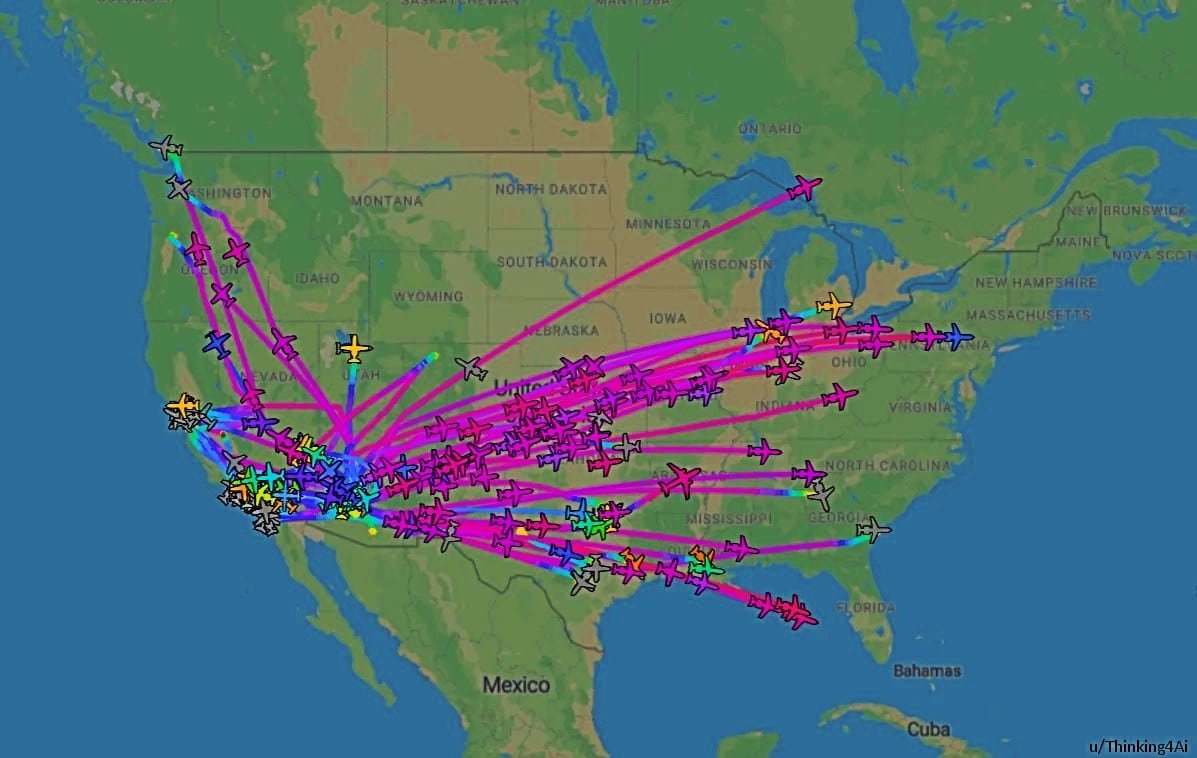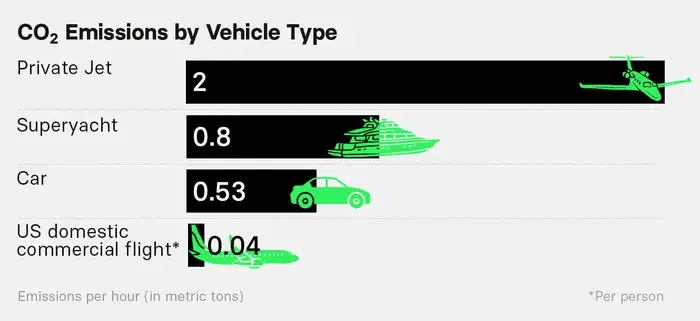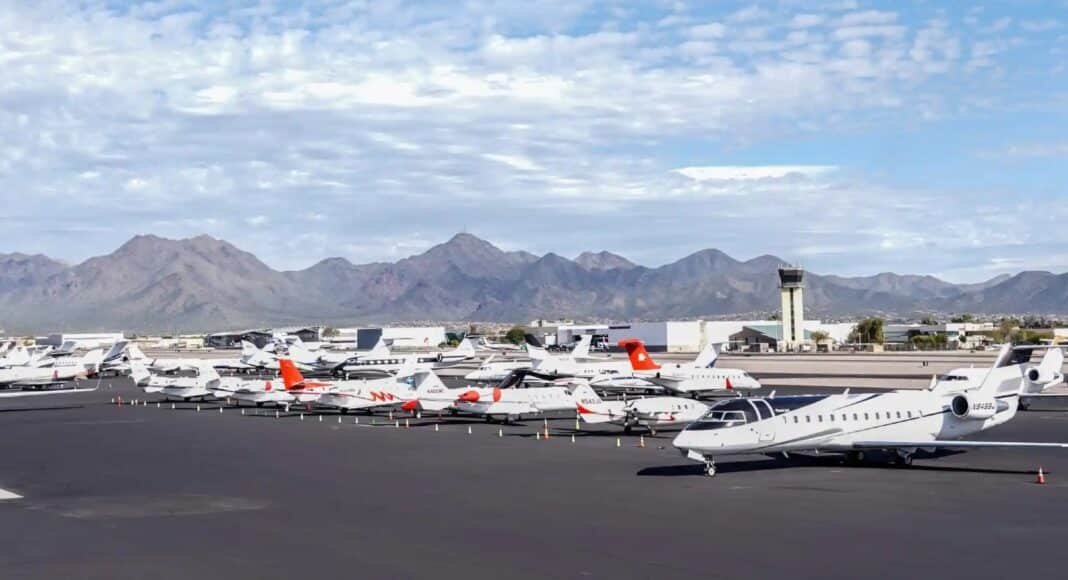The influx of about 1,000 private jets into Las Vegas for the upcoming Super Bowl between the San Francisco 49ers and the Kansas City Chiefs raises concerns from both economic and environmental standpoints. So, the Super Bowl LVIII may become a super planet-warming football game.
Fueling the Economy, Heating the Planet
The surge in air traffic may boost the local economy due to increased spending in Sin City. However, it also significantly contributes to carbon emissions and energy consumption.
Benjamin Leffel, an assistant professor of public policy sustainability at the University of Nevada, Las Vegas, highlighted the environmental impact of the Super Bowl. He said that:
“The emissions levels of a mega-event like this from air traffic, and the energy use is at least double in a day than it would be on average.”
The presence of private jets at the big game is not something new. The event typically attracts high-profile individuals from various sectors. But this year’s attendance is expected to surpass the previous years’.
Last year, for instance, around 562 private planes flew into airports near Glendale, Arizona, where the Super Bowl was held. Also, 752 private jets arrived in Los Angeles for the 2022 event.

This year’s Super Bowl is projected to draw around 450,000 visitors, with a significant option opting for private air travel. This trend mirrors the influx of private jets seen during the Las Vegas Grand Prix in November, where 927 business jets landed in the city’s airports.
Authorities from the Clark County Department of Aviation anticipate a similar level of air traffic for the upcoming Super Bowl. And Taylor Swift is one of those flyers to support her boyfriend Kansas City Chiefs player, Travis Kelce.
How Bad Are Private Jets for the Atmosphere?
The environmental impact of private jets is significantly greater than that of commercial flights. They’re one of the most polluting modes of transport per passenger kilometer.

According to the NGO Transport and Environment, private jets releases 5-14x more emissions per passenger than commercial flights. Compared to trains, that would be a staggering 50x more.
A recent report by Greenpeace revealed that private jets emitted a total of 5.3 million tonnes of CO2 over the last 3 years. The number of flights will increase from nearly 119,000 in 2020 to 573,000 in 2022.
This level of CO2 emissions is equivalent to or even greater than the annual emissions of entire countries like Uganda.
According to the Federal Aviation Administration (FAA), 1 out of every 6 flights they handle are flown by private jets. Moreover, carbon pollution has jumped by over 23% as private jet flyers have increased by about a fifth since COVID-19.
Putting that into context, in popular travel routes like between Washington DC and New York City, a private plane emits an estimated 7,913 pounds of CO2 per passenger on this route, whereas commercial planes emit only 174 pounds of emissions. In comparison, traveling by train emits just 7 pounds of CO2 per passenger, while bus travel emits 88 pounds.
That figure means flying private is responsible for about 45x as many emissions as flying commercially on the same route. And that’s over 1,100x the emissions of traveling by train.
The sharp increase in private jet emissions underscores the urgent need to address the environmental impact of luxury air travel. As efforts to combat climate change intensify, there is growing pressure to regulate and reduce emissions from luxurious private travels.
The Environmental Toll of Private Jets at Super Bowl
The increase in air traffic, particularly from private jets, for events like the Grand Prix and the upcoming Super Bowl in Las Vegas has sparked concern among some local residents. They have expressed unease about the noticeable impact of the additional planes on the city’s atmosphere.
Las Vegas has long been associated with extravagance and luxury, catering to high-rollers in various forms of entertainment. With the influx of private jets for events like the Super Bowl, the city now also attracts high-flyers, adding to its reputation as a destination for the elite.
As the Super Bowl LVIII approaches, the influx of private jets into Las Vegas raises both economic prospects and environmental concerns on emissions. While the event promises to fuel the local economy, the surge in air traffic adds significant carbon emissions, highlighting the need for sustainable alternatives in luxury travel.

